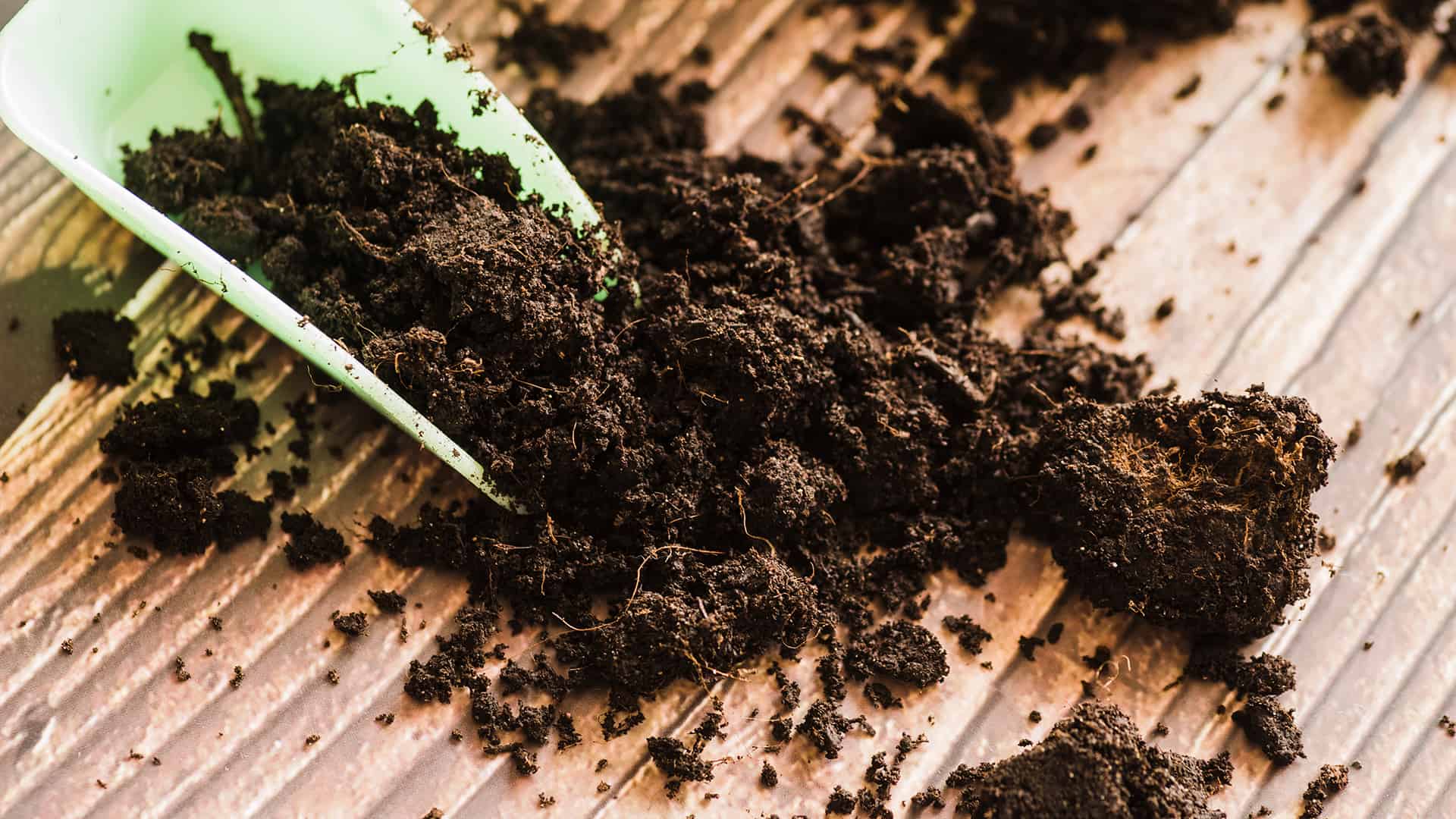What is a Biological Fertilizer?

Bio-fertilizers are an excellent addition to your garden as they provide nutrients for plant growth and help improve soil quality. In this blog article, we’ll discuss the different types of bio- fertilizers you can use for your garden, when and where you should apply them, and what benefits you might have from using these products.
Plants receive nutrients from Bio-fertilizer through natural processes such as nitrogen fixation, phosphorus solubilisation, and the production of growth-promoting chemicals. They help restore the natural cycle of nutrients in the soil and increase the amount of organic matter in the soil.
Bio-fertilizer Types –
Symbiotic Nitrogen-Fixing Bacteria:
Rhizobium is an important symbiotic nitrogen-fixing type of bacteria. Bacteria seek food and shelter from plants here. In exchange, they facilitate the plants by providing fixed nitrogen.
A Loose Association of Nitrogen-Fixing Bacteria:
Some bacteria are not directly related to plants but live in their vicinity. For example, Azospirillum, a nitrogen-fixing bacterium, lives near the roots of higher plants but does not form a close relationship with them. This is referred to as rhizosphere association because these bacteria collect plant exudate and feed on it. This phenomenon is known as associative mutualism.
Symbiotic Nitrogen-Fixing Cyanobacteria:
Many symbiotic nitrogen-fixing cyanobacteria exist, such as liverworts, cycad roots, bacteria released by fern plant decay, and so on. Cyanobacteria, also known as blue-green algae, are derived from a symbiotic relationship with a variety of plants. Anabaena can be found in the leaf cavities of ferns. It is responsible for nitrogen fixation. The decomposing fern plants release nutrients for the rice plants to use. Azolla pinnata is a fern that grows in rice fields, but it has no effect on the growth of the plant.
Free-Living Nitrogen-Fixing Bacteria:
Soil contains free-living bacteria that perform nitrogen fixation. Clostridium, azotobacter, and bacillus polymyxin are examples.
They are nitrogen-fixing bacteria found naturally in soil. Among them are Clostridium beijerinckii, Azotobacter, and other saprotrophic anaerobes. The most commonly used Bio-fertilizers are Rhizobium and Azospirillum are the most commonly used bio-fertilizers.
Bio-fertilizer Components –
It is environmentally friendly and is made from waste products from the sugar industry. Fungi, bacteria, and some plants are also included.
Tricho-Card: This eco-friendly, non-pathogenic product is good for many plants and crops because it kills things that are bad for plants and crops.
Azotobacter: It aids in atmospheric nitrogen fixation and protects plant roots from soil pathogens.
Phosphorus: Phosphorus fertilisers are very helpful in determining the exact level of nitrogen need for a plant and the nitrogen level of the soil.
Vermicompost: Known for rapidly improving soil fertility, vermicompost fertilizer contains vitamins, sulphur, hormones, organic carbon, and antibiotics required for plant growth.
The Value of Bio-fertilizers
Soil bio-fertilizer enhances soil texture and plant yield. They prevent pathogens from multiplying. They are both environmentally friendly and cost effective. Bio-fertilizer, as natural fertiliser, protects the environment from pollutants. They eliminate many harmful substances found in soil that can cause plant diseases. Bio-fertilizer has been shown to be effective even in semi-arid conditions.
Bio-fertilizer is a low-cost, high-efficiency, and environmentally friendly source of plant nutrients.
 (07) 3268 7161
(07) 3268 7161
 View Cart
View Cart
 Australian Owned
Australian Owned Fast dispatch
Fast dispatch 30 Day Return Policy
30 Day Return Policy Industry Leading Support
Industry Leading Support


